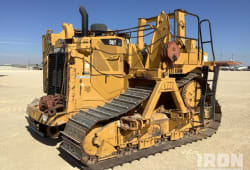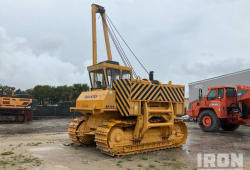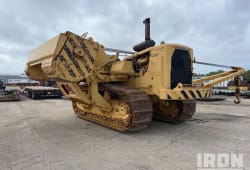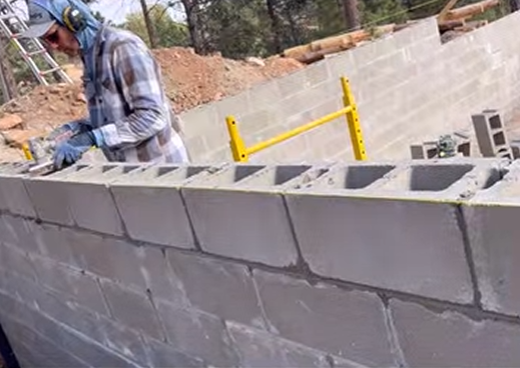Top Pipelayers in 2025: Powerful, Reliable Machines for Modern Pipeline Construction
3 Lectura mínima
)
abril 1, 2024
When it comes to laying pipes, the right equipment ensures efficiency, safety, and reliability. With numerous models on the market in 2025, finding the best pipelayer can still be a challenge. Here's a curated list of top-performing pipelayers that stand out for their capacity, technology, and application versatility.
1. Durable Hydraulic Crawler Pipelayer (Modern Heavy-Duty Model)
For heavy pipeline projects, this hydraulic crawler pipelayer offers standout lifting capacity and stability. One recent specification sheet lists models from this series with lift capacities reaching over 90 tons ( 200,000 lb) and robust undercarriage designs suited to rugged terrain. The high-horsepower engine, advanced hydraulic winches, and large counter-weight systems make it ideal for demanding pipeline installs across oil, gas, or large water systems.
2. Durable Hydraulic Crawler Pipelayer (Mid-Range Versatility Version)
In a mid-range category, a variant from the same series offers about a 66-ton ( 145,000 lb) lifting capacity and slightly lower engine output-but still very capable for many pipeline jobs. Its features include customizable boom lengths, single-lever hydraulic operations, and an undercarriage designed for both stability and mobility. If you don't need the highest end machine, this version balances performance and cost.
:format(webp))
3. Caterpillar PL83 / PL87 Series
Caterpillar's pipelayers remain strong contenders. For example, the PL83 offers a lift capacity of 170,000 lb ( 77,000 kg) with a Cat C15 engine rated at around 319 hp.
The advanced features include differential steering, ergonomic operator controls, modular maintenance access, and telematics-ready functionality. These machines are designed for high production pipelining with serious uptime in mind.
4. Volvo PL4809E
For innovative design and multi-functional capability, the Volvo PL4809E is worth noting. It features a rotating platform (360 swing), stability on slopes up to 35, and rated tipping capacity around 110 t ( 225,000 lb).
This makes it especially useful on complex terrain or job sites where the machine needs both lift and placement flexibility.
5. Application-Focused Specs & Features
When choosing a pipelayer today, keep these updated considerations in mind:
Telematics and remote monitoring: Modern models include fleet-management systems (e.g., Product Link on Cat) for remote data, maintenance tracking, and uptime optimization.
Slope & site mobility: Models like the Volvo with slope capability up to 35 highlight how terrain handling is becoming standard.
Operator comfort & safety: Cab ergonomics, visibility enhancements, load-monitoring systems, and enhanced controls are now common.
Multiple roles / conversion possibility: Some pipelayers are designed to convert to excavator or side-boom roles, increasing utility across projects.
Emission standards & regulatory compliance: New machines meet Tier 4 Final / Stage V emissions, so check regional compliance for diesel engines.
Conclusion
Each of these pipelayers brings something unique-from ultra-heavy lift capacity and advanced controls to slope performance and multi-role flexibility. When choosing your next pipelayer, prioritize the aspects that match your project environment (terrain, pipe size, boom reach), operator requirements, and maintenance-support backbone. With the right machine, you'll set your pipeline job up for smooth operations, safety, and optimal productivity.

Rex Walz is Boom & Bucket's Manager of Supplier Relations, bringing over a decade of experience in B2B sales and heavy equipment solutions. With a background spanning government, construction, industrial, and commercial sectors, he has a proven track record of driving growth and building trusted customer relationships. At Boom & Bucket, Rex is passionate about helping partners succeed while advancing the company's mission to create the most trusted marketplace for heavy equipment.










